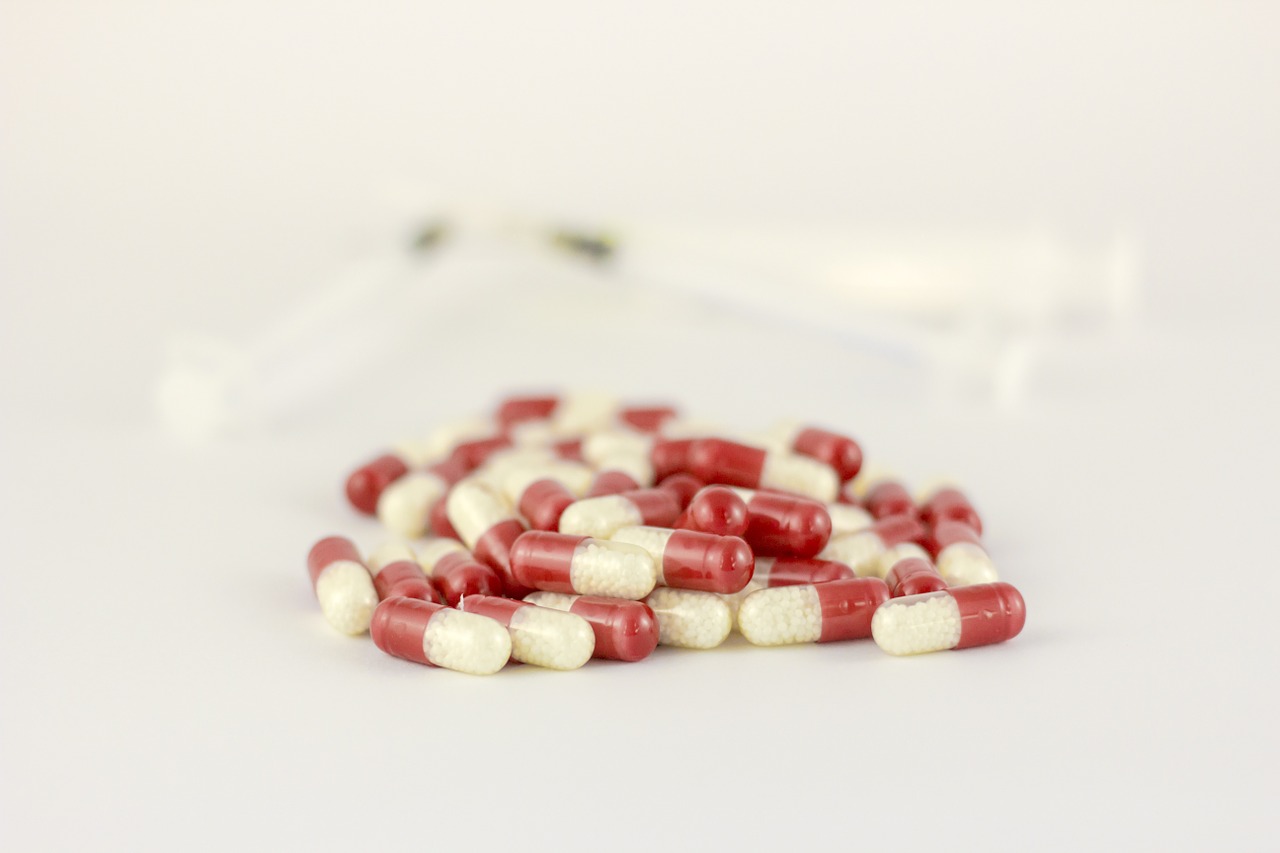Podcast: Play in new window | Download (Duration: 10:39 — 14.6MB) | Embed
On this episode, I discuss the pharmacology of zaleplon including side effects, drug interactions, and important clinical pearls.
Zaleplon is a non-benzodiazepine sleep aide commonly known as Sonata. It is commonly used for sedation and the management of insomnia. Zaleplon is a controlled medication, with a high risk for dependence, and because of that, it is best used to treat short-term insomnia. The pharmacology of zaleplon is similar to other sleep aids like Ambien, and Lunesta; they all have an impact on GABA. Specifically, zaleplon regulates the GABABZ receptor. The GABABZ receptor has been shown to be responsible for the pharmacological properties of benzodiazepines which produce sedative, anxiolytic, relaxant, and anticonvulsive effects. For pharmacokinetics, zaleplon has a general onset of action around 30-60 minutes, because of that it is best dosed closer to bedtime.
For sedatives, and other drugs similar to zaleplon, it is generally better to start at lower doses in geriatrics and smaller patients. The commonly accepted dosing is between 5-20 mg, but it is best to use non-pharmacological therapies, instead of pharmacological whenever possible. The most common side effect that may be experienced with zaleplon is next-day sedation, also known as hangover sedation. Loss of mental clarity, dizziness, and confusion may also be present. Serious side effects of taking zaleplon are abnormal sleep behaviors, which it carries a US boxed warning for, and risk of dependence. Zaleplon is also on Beer’s list because of the increased risk of falls, delirium, and increased complications while driving due to sedation and lethargy.
When a sedative is first prescribed, it’s important to first look at the other medications a patient may be taking to see if that’s what may be causing insomnia. For example, a diuretic administered at night can cause excessive urination that can lead to insomnia. The addition of stimulants too late in the day can also cause that, and similarly, lifestyle changes like increased intake of caffeine can increase the risk for insomnia as well.
Most of the drug-drug interactions that zaleplon has are due to additive depressive effects. Examples include alcohol, opioids, older antihistamines, trazodone, or any medication that can cause sedation. There is also a smaller risk for CYP3A4 interaction. Concurrent administration of an inducer, like St. John’s Wort, or carbamazepine, can lower the concentrations of zaleplon. Likewise, inhibitors may increase concentrations.
In cases of overdose, the signs and symptoms that will most likely precipitate are exaggerations of zaleplon’s adverse effects. The manifestations of CNS depression can range from drowsiness to coma. More mild cases might have drowsiness, confusion, and lethargy; while more serious cases may have ataxia, hypotonia, hypotension, respiratory depression, coma, and death. To treat a zaleplon overdose, symptomatic and supportive measures are necessary along with gastric lavage. Animal studies suggest that flumazenil is an antidote as an antagonist to zaleplon, but there is no human data. With proper treatment, recoveries have been made with overdoses greater than 200 mg. In instances where the outcome was fatal, it was most often associated with the use of additional CNS depressants.
Show notes provided by Chong Yol G Kim, PharmD Student.
Be sure to check out our free Top 200 study guide – a 31 page PDF that is yours for FREE!
Support The Podcast and Check Out These Amazing Resources!
Meded101 Guide to Nursing Pharmacology (Amazon Highly Rated)
Guide to Drug Food Interactions (Amazon Best Seller)
Pharmacy Technician Study Guide by Meded101
Resources
Paragraph 1: taken from podcast, also taken from https://go.drugbank.com/drugs/DB00962#pharmacodynamics
Paragraph 2: taken from podcast
Paragraph 3: taken from podcast
Paragraph 4: taken from podcast
Paragraph 5: taken from FDA label

